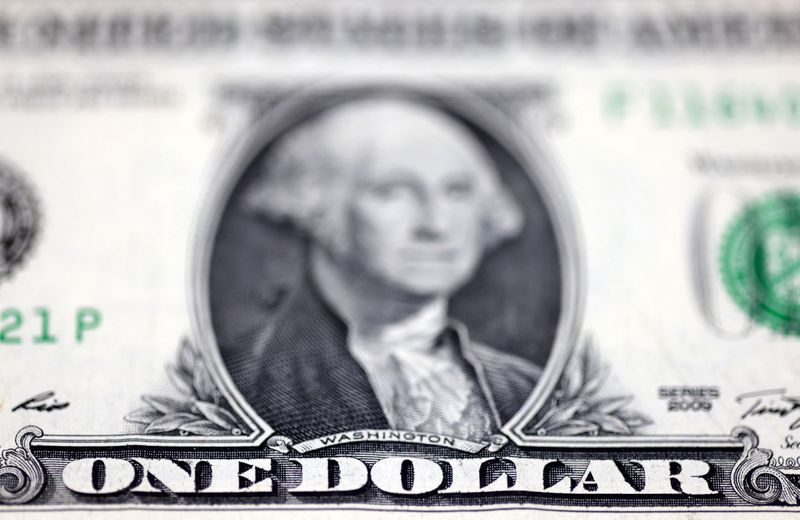
The Japanese yen was the worst performer in Asia, reversing course after apparent government intervention last week saw the currency rebound from 34-year lows.
Most regional currencies were also sitting on strong gains from Friday, following the payrolls reading and the corresponding drop in the dollar. But the greenback found its footing on Monday.
The Japanese yen’s USDJPY pair rose 0.6% on Monday, although trading volumes in the pair were held back by a market holiday in Japan.
The pair, which is inversely related to strength in the yen, had plummeted from a 34-year high of over 160 yen last week amid signs of repeated government intervention in currency markets.
But given that the underlying factors behind the yen’s weakness- chiefly a large gap between U.S. and local rates- remain in play, bets against the yen persisted.
The USDJPY pair was now close to breaking above 154, with traders also doubting just how much capacity Tokyo had to keep intervening in markets.
The Australian dollar’s AUDUSD pair rose 0.1% on Monday, coming close to two-month highs as traders positioned for a Reserve Bank of Australia meeting on Tuesday.
While the RBA is expected to keep rates unchanged, it is also expected to strike a hawkish chord after a stronger-than-expected inflation reading for the first quarter.
Sticky inflation gives the RBA more impetus to keep rates high for longer, with some analysts suggesting the bank could even hike rates further.
The dollar index and dollar index futures both rose 0.1% in Asian trade after tumbling 0.8% last week. Losses in the greenback came as nonfarm payrolls data read weaker than expected for April.
The data furthered bets that a cooling labor market will give the Federal Reserve more impetus to begin cutting interest rates. The CME Fedwatch tool showed traders ramping up their bets for a 25 basis point cut in September.
The soft payrolls data also put upcoming addresses by a string of key Fed officials this week squarely in focus.
Broader Asian currencies retreated after gaining some ground against the dollar last week. But the prospect of U.S. interest rates remaining high in the near-term kept most regional currencies trading negative for the year.
The Chinese yuan’s USDCNY pair fell 0.4% on Monday in catch-up trade, as onshore yuan trading resumed after a long weekend.
The Singapore dollar’s USDSGD pair rose 0.2%, while the Indian rupee’s USDINR pair rose 0.1% and back towards record highs.
To read the full article, Click Here
